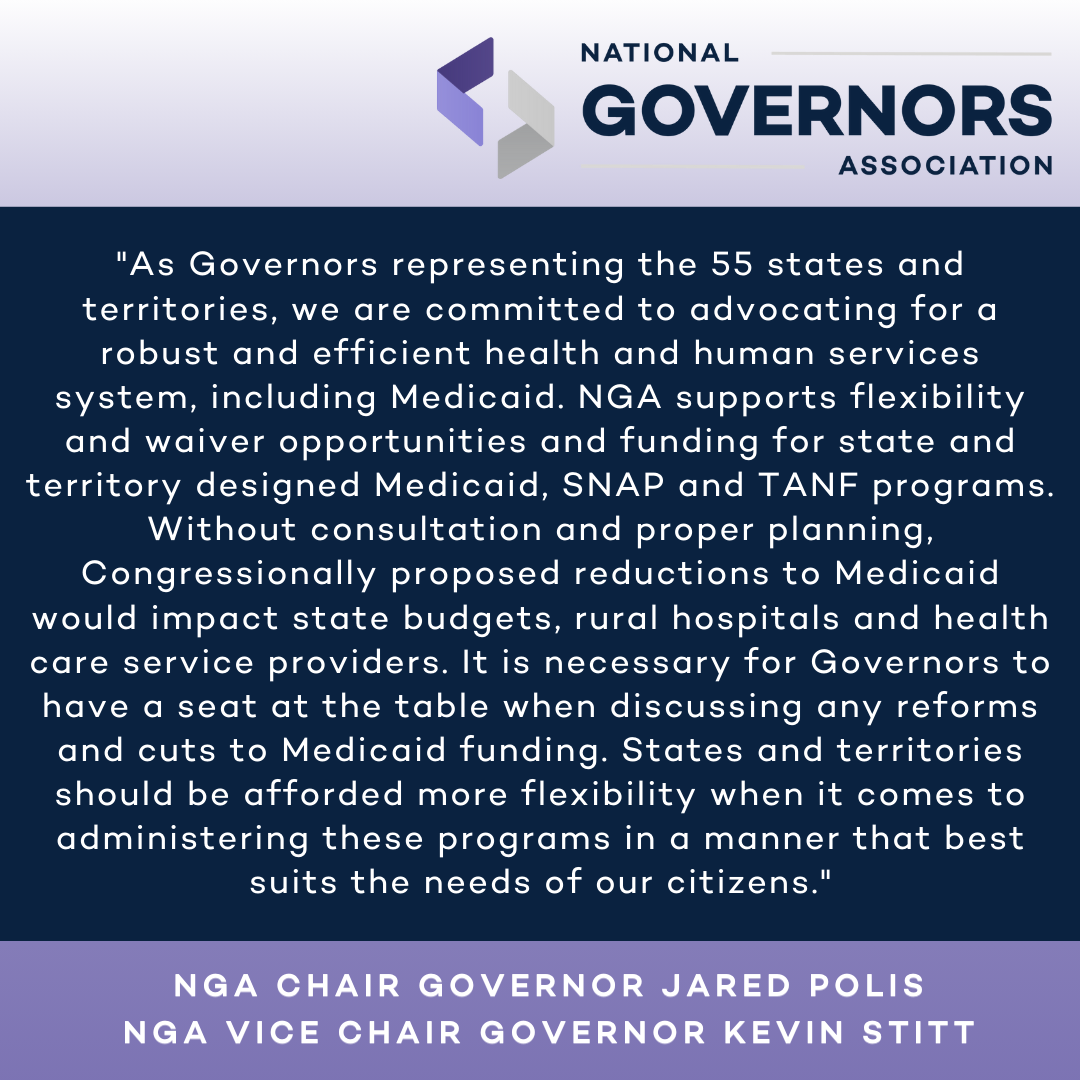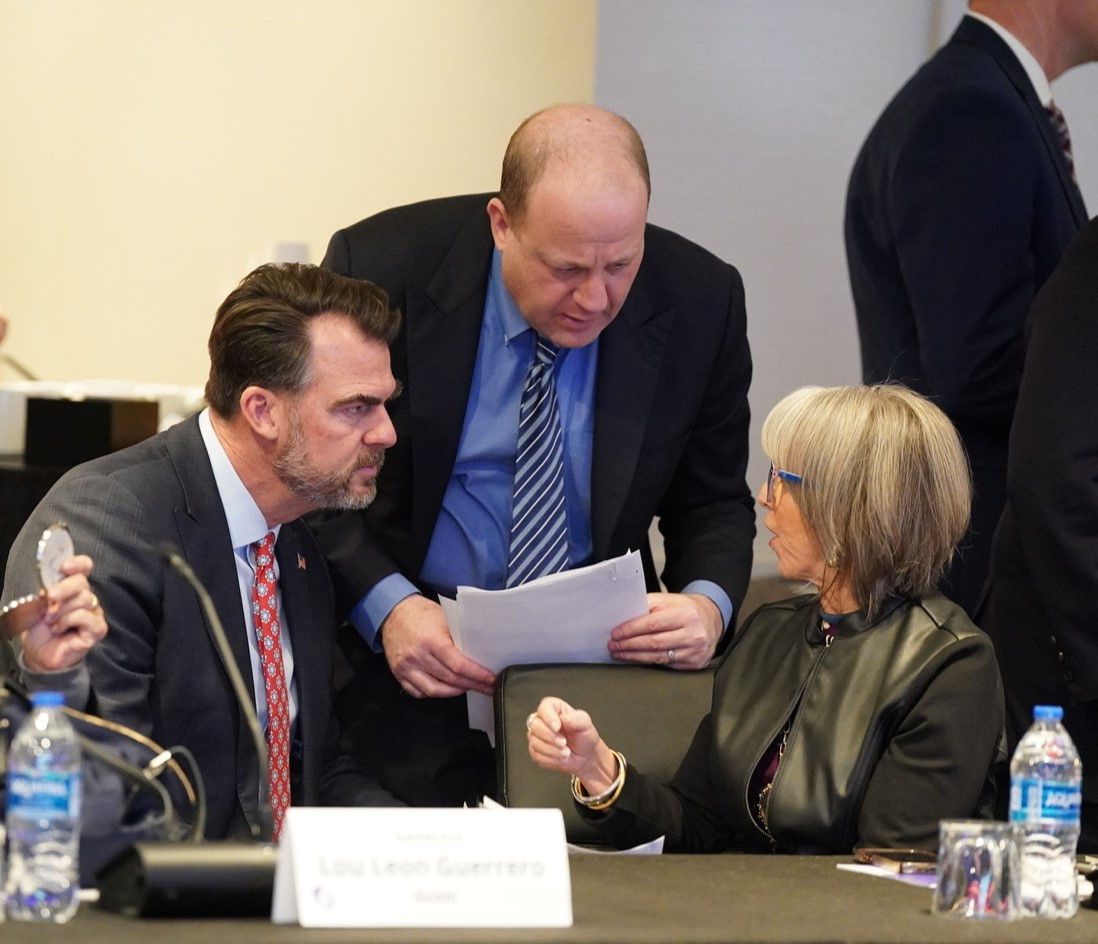This brief discusses the $7 billion funding announcement for the Regional Clean Hydrogen Hubs program administered by the U.S. Department of Energy, the growing nationwide interest in hydrogen energy generation, and alternative federal funding and financing mechanisms for hydrogen generation projects.
(Download)
Hydrogen As an Energy Source
Hydrogen is the most simple and abundant element in the universe. While highly combustible and energy-dense, hydrogen only naturally occurs on earth in compounds formed with other elements such as with oxygen to form water (H2O) and carbon to form hydrocarbons. These hydrocarbons are found in fossil fuels among other resources. Although chemical and industrial uses for hydrogen have been broadly deployed for more than a century, recent market and government investment in hydrogen as an energy source has broadened interest in hydrogen production.
Hydrogen energy is often categorized by producers, marketers, government agencies, and other stakeholders in color categories. Three of the most common color categories for hydrogen are green, pink, and blue:
- Green refers to hydrogen that was created through electrolysis with electricity from renewable sources.
- Pink refers to hydrogen that was derived through electricity produced by nuclear energy.
- Blue refers to hydrogen created by energy from fossil fuels that have carbon capture processes in place.
It is important to note that, while some consensus around the definition of these color categories is forming, there is not a strict statutory or regulatory definition behind this system. Currently, the color system plays more of an informal marketing role.
In March 2023, NGA published a primer titled “Hydrogen as an Energy Source” that provides an overview of hydrogen energy generation, the various classifications of hydrogen energy, hydrogen energy use-cases, and federal support for hydrogen energy production.
H2Hubs: Regional Clean Hydrogen Hubs Program
Program Overview
In 2021, the U.S. Department of Energy (DOE) established the Hydrogen Earth Shot Challenge, aiming to reduce the cost of hydrogen as an energy source by 80% in a decade (reducing the cost per kilogram from the current $5 to $1). As part of this goal, the Infrastructure Investment and Jobs Act included $7 billion in funding for the Regional Clean Hydrogen Hubs (H2Hubs) program. The H2Hubs program was created to fund between six to ten regional clean hydrogen hubs across the United States. Selected applicants would agree to a 1:1 cost share with DOE for construction and deployment of the hub.
The initial funding announcement was released in September 2022, and 79 applicants sent letters of interest to DOE. Of those, DOE selected 33 applicants to move forward with applications. In October 2023, DOE announced the selection of seven projects to receive hydrogen hubs grants.
Funding Announcement
On October 13, 2023, President Joe Biden and U.S. Secretary of Energy Jennifer Granholm announced the seven projects selected for funding through the H2Hubs program:
Appalachian Regional Clean Hydrogen Hub (ARCH2)
- Also referred to as Appalachian Hydrogen Hub
- State participants: Kentucky, Pennsylvania, Ohio, West Virginia
- Hydrogen production type: Blue, produced through natural gas with permanent carbon storage
- Federal cost share: $925 million
Alliance for Renewable Clean Hydrogen Energy Systems (ARCHES)
- Also referred to as California Hydrogen Hub
- State participant: California
- Hydrogen production type: Green, produced through renewable energy and biomass sources
- Federal cost share: $1.2 billion
- Also referred to as Gulf Coast Hydrogen Hub
- State participant: Texas
- Hydrogen production type: Blue & Green, produced through natural gas with permanent carbon storage and through renewable energy
- Federal cost share: $1.2 billion
Heartland Hydrogen Hub (HH2H)
- State participants: Minnesota, Montana, North Dakota, Wisconsin
- Hydrogen production type: Blue & Green, produced through natural gas with permanent carbon storage and through renewable energy
- Federal cost share: $925 million
Mid-Atlantic Clean Hydrogen Hub (MACH2)
- State participants: Delaware, New Jersey, Pennsylvania
- Hydrogen production type: Green & Pink, produced through renewable energy and nuclear energy
- Federal cost share: $750 million
Midwest Alliance for Clean Hydrogen (MachH2)
- State participants: Illinois, Indiana, Michigan
- Hydrogen production type: Blue, Green, & Pink, produced through natural gas with permanent carbon storage, renewable energy, and nuclear energy
- Federal cost share: $1 billion
Pacific Northwest Hydrogen Hub (PNW H2)
- State participants: Montana, Oregon, Washington
- Hydrogen production type: Green, produced through renewable energy
- Federal cost share: $1 billion

Alternative Federal Funding & Financing Mechanisms
In addition to the H2Hubs program, there are many federal programs and financing mechanisms that can be utilized by states and territories for hydrogen energy projects. Some of these, such as those through the DOE Loan Programs Office, cannot be used to supplement federal grant funding, while other mechanisms may be combined.
DOE Loan Programs Office (LPO)
The DOE LPO has approximately $300 billion in loan authority to finance projects that support clean energy deployment and energy infrastructure reinvestment to reduce emissions, including:
Innovative Energy
- Financing for projects that deploy a new or significantly improved technology that is technically proven but not yet widely commercialized in the United States, including hydrogen production and infrastructure.
Innovative Supply Chain
- Financing for projects that deploy a new or significantly improved manufacturing process for a qualifying clean energy technology or manufacture a qualifying new or significantly improved technology.
State Energy Financing Institution (SEFI)
- Projects support deployment of a qualifying clean energy technology and receive meaningful financial support or credit enhancements from an entity within a state agency or financing authority. SEFI projects are not required to employ innovative technology.
Energy Infrastructure Reinvestment (EIR)
- Loan guarantees for projects that retool, repower, repurpose, or replace energy infrastructure that has ceased operation as a means to utilize, reduce, or sequester greenhouse gas emissions. Allowable uses include for the transition of oil or gas pipeline or refinery to clean hydrogen infrastructure.
DOE Grant Funding
Clean Hydrogen Electrolysis Program
- The IIJA included $1 billion in grant funding to reduce the cost of clean hydrogen production.
- The initial funding round for this program closed in March 2023, but future funding rounds may be released.
Clean Hydrogen Manufacturing Recycling Program
- The IIJA included $500 million in grant funding to advance clean hydrogen production, processing, delivery, storage, and use equipment manufacturing technologies and techniques.
- The initial funding round for this program closed in March 2023, but future funding rounds may be released.
Tax credits and incentives
45V: Clean Hydrogen Production Tax Credit
- Creates a tax credit up to $3.00/kg for clean hydrogen production in projects that begin construction by 2033. This credit can be coupled with an up to 30% investment tax credit under Section 48 (however, cannot be stacked with 45Q credit).
48C: Advanced Energy Project Credit
- Extends the 30% investment tax credit to create funding for manufacturing projects producing fuel cell electric vehicles, hydrogen infrastructure, electrolyzers, and assorted other products
45Q: Carbon Capture and Sequestration Tax Credit
- Enhances the tax credit with an extended deadline for construction to 2033 for carbon capture and direct air capture projects. Carbon capture is often paired with blue hydrogen production (produced through the use of natural gas).
NGA Support
The NGA Center for Best Practices is eager to provide support and technical assistance to all states and territories interested in pursuing hydrogen energy production through the H2Hubs program or alternative federal funding and financing mechanisms. For more information on hydrogen energy generation, the H2Hubs program, or other federal programs, please contact Dan Lauf, Energy Program Director, at dlauf@nga.org or Richard Lukas, Legislative Director, at rlukas@nga.org.
This brief was prepared by Fiona Forrester, Policy Analyst, NGA Center for Best Practices.













